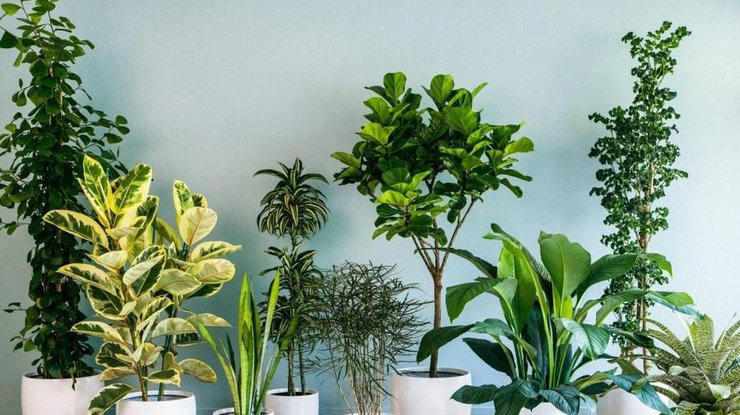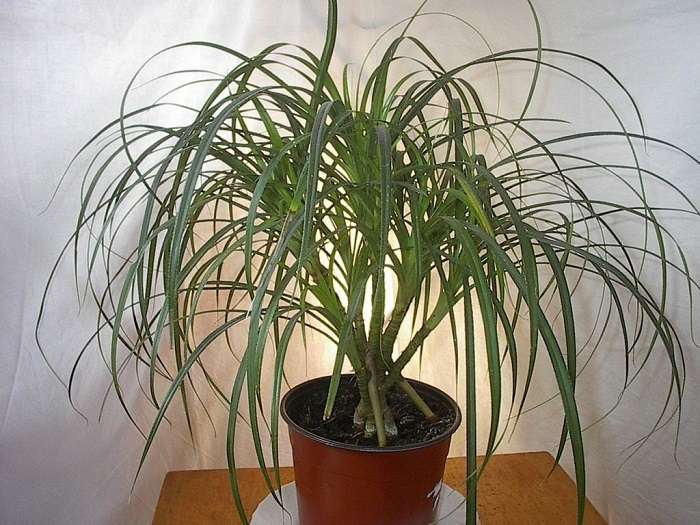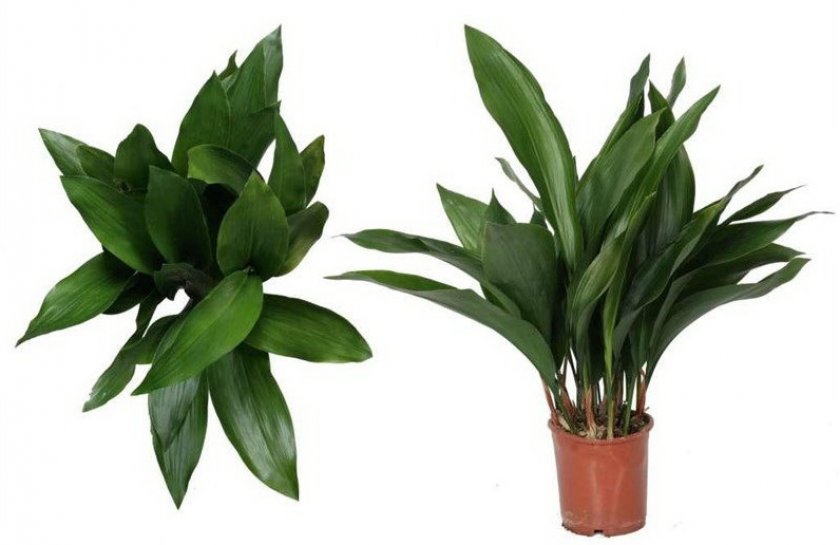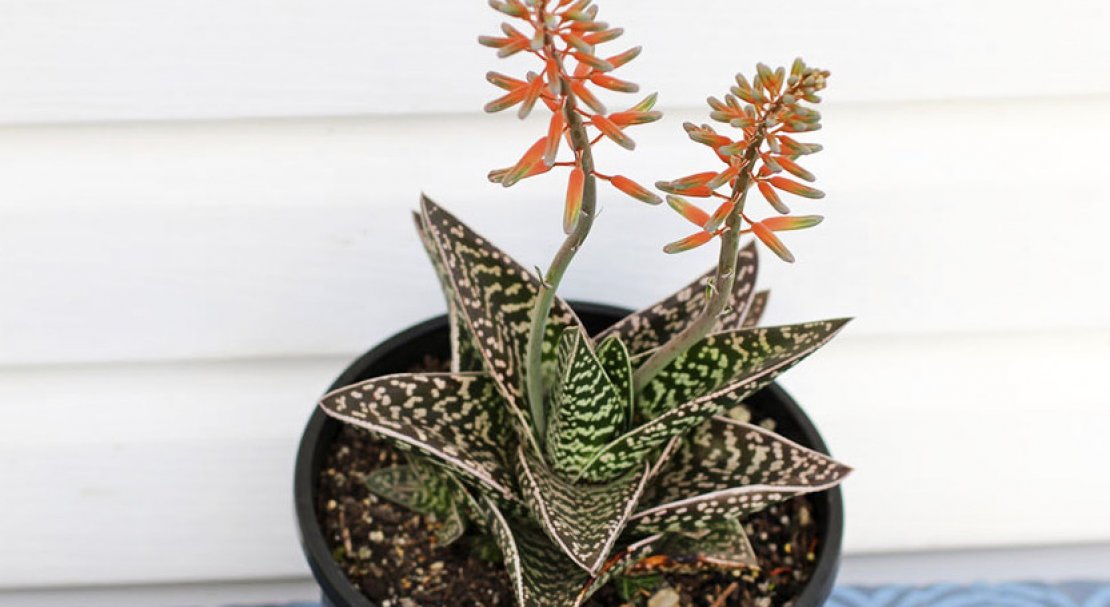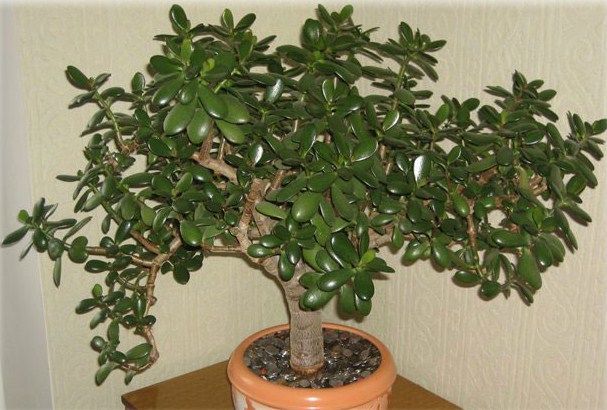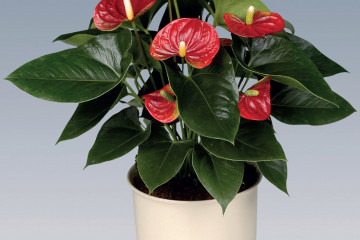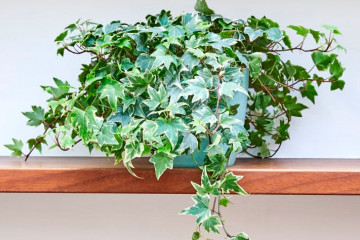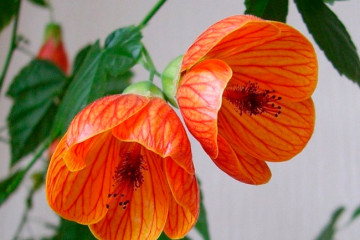What is the name of an indoor flower with long narrow leaves
Content:
The names of popular indoor flowers are known to many. However, there are situations when a new favorite appears on the window, and it is not clear how to take care of him, because this is an unknown variety. What to do in such situations, and what popular plant species exist - this is what will be discussed later.
How to identify a houseplant by its appearance
Today, it is not at all difficult to determine the name of a houseplant. There are four main ways to do this.
Encyclopedia
They are the most reliable source. However, they also have their drawbacks. If the book was published more than 10 years ago, then it will no longer contain information about recently bred varieties, as well as those plants that were imported from abroad.
the Internet
In it, you can get information about any plant, the main thing is to correctly create a request. For example, if you write "a bush with narrow leaves", then the search engine will return many results, among which the desired may not be. It is necessary to write more specifically, for example, "indoor flower with long narrow leaves." In this case, the chance to find the required copy will increase.
Florist forums
Sometimes there are real connoisseurs on them who are well versed in plants, and they can really help determine their name.
Flower shops
They often change the assortment of goods, so sellers can identify a mysterious stranger.
Names and short descriptions of indoor flowers with long narrow leaves
Today there are many indoor plants with long, narrow leaves. The most common of them are:
- pandaus is a fairly large plant. Very high in nature. Pandaus grows up to 13 m, and in an apartment it can reach 3 m. It has a strong rhizome that goes deep into the ground, and the flower also has ground roots. Its short trunk, which is covered with brown bark, is almost invisible due to the leaves. The length of the leaf plate reaches from 60 to 120 cm. Small thorns grow on the sides of the leaf and in the middle below in the form of a dot. In natural conditions, the ramp annually throws out flowers that turn into fruits. They are very sweet and pineapple-shaped. However, in indoor conditions, it is unrealistic to achieve flowering;
- hovea. Its homeland is Australia, and in nature this plant can only be seen on Lord Howe Island. The flower reaches 2.5 m in height and 3 m in width. Under natural conditions, hovea can reach 13 m. The palm is single-stemmed, large leaf plates are formed at its top. There are small scales on the underside of the leaves. The palm tree is small in stature. If properly cared for, it will live for several decades;
- rapis, or bamboo palm. This plant belongs to perennial bush palms.In nature, the flower lives in Japan and China. The leaves are located only at the tops and are fan-shaped. The roots of the plant are not very deep and often throw out shoots.
Popular houseplants with large green leaves
Indoor plants with large green leaves are also popular among flower growers.
Big leaves
The leaves of the following indoor flowers cause real admiration:
- butylone. His homeland is South America. In Russia, due to the shape of its leaves, the flower was called "indoor maple". Today, 150 species of it are known, which are very different from each other;
- abutilone. It can grow as a small tree or shrub. Its height reaches 2 m. The plant throws out flowers in the form of a bell, which has a different color. Abutilon is fast growing;
- anthurium, or flamingo flower. It is found in the United States and the Caribbean. The plant produces beautiful flowers that are very similar to artificial ones. They can be either white or red. Anthurium is poisonous, therefore, if there are animals or small children in the house, it is necessary to isolate this plant from them;
- aspidistra, or cast-iron flower. The plant got the second name due to its endurance. Aspidistra normally tolerates sudden changes in temperature, inadequate watering and untimely transplantation. The homeland of the flower is China and Japan. The aspidistra has practically no stem. He rarely throws out flowers. They have a dirty purple color. The plant also feels normal in darkened areas, since it contains a lot of chlorophyll;
- dieffenbachia. Colombia and Brazil are home to this plant. At home, the maximum flower height reaches 1.2 m. It does not need special care, it is a poisonous plant. Dieffenbachia has beautiful large multi-colored leaves;
- syngonium appeared in the United States. It grows up to 1.5 m. The thin stem ends with an arrow-shaped leaf. The plant practically does not bloom. Syngonium removes xylene and formaldehyde from the air.
Broad leaves
Flowers with wide leaves also look attractive. The most common among them are:
- monstera. There are legends about this flower as a killer plant, which is why such a name arose. It is a liana with large leaves with cuts. In indoor conditions, the monstera grows up to 2 m. It has aerial roots that must be directed to the ground. Monstera practically does not bloom, but sometimes pale green inflorescences appear on it;
- alocasia. It is often called the elephant ear, since the leaves of the flower can reach 1 m. The homeland of the flower is Asia, so it loves warmth and humidity. In indoor conditions, alocasia can reach 1.5 m in height. Flowers on it can be seen extremely rarely. They have a white-pink color. The average life span of a plant is about two years;
- arrowroot. She is originally from Central America. The plant does not exceed 30 cm. The peculiarity of this flower is the variegated striped leaves with smooth edges that fold overnight. Beautiful veins are clearly visible on the plates. Occasionally small white or pale lilac flowers appear on the arrowroot.
Thick and fleshy leaves
With fleshy thick leaves, the following varieties are grown at home:
- aichrizon. It is also called the tree of love. The leaves of this flower are heart-shaped. They have a rich dark green color and a velvety surface, as they are covered with white fluff. The plant is highly branched. Its trunks can be either straight or curved. Its flowers are collected in small panicles and have a variety of colors: yellow, cream, white and red;
- sedum. It belongs to the largest genus of succulents. The flower has spread in the arid territories of Mexico, Alaska, the United States and China.The leaves of the sedum are cylindrical in shape with a bluish or reddish tint. The flower is used to create background compositions in the form of ground cover plants.
Famous indoor flowers with small leaves
Not all growers are attracted to huge leaves, there are those who like plants with small leaves. Such miniature specimens are:
- pumila. It is also called dwarf ficus. This flower does not exceed 20 cm, and its leaves grow no more than 3 cm. In natural conditions, they grow over long distances;
- azalea. It is a dwarf plant that is famous for its beautiful flowers. Its leaf blade does not exceed 35 mm and is covered with pale red hairs. The plant blooms at the age of 3-4 years. The inflorescences are distinguished by a magnificent shape, have a varied color;
- myrtle. Its peculiarity is abundant fluffy flowers, which contain essential oil. It has small oval leaves. In those latitudes where there is no frosty winter, hedges are built from myrtle.
Examples of flowers with white-green, striped, colored leaves
The real lucky ones are the owners who have an indoor flower with spotted leaves. The most famous of these examples are:
- Calamus cereal has narrow leaves, in the middle of which there are white stripes. In nature, this plant is found in Japan, China, Thailand, India. Calamus lives in swamps, so the soil should not be allowed to dry out. In summer it prefers room temperature, and in winter from 0-18 ° С;
- tiger aloe. This houseplant with variegated leaves belongs to the Liliaceae family. His homeland is Africa. The long and thorny leaves of the plant are most often arranged in the form of rosettes on which white speckled stripes are painted. Flowers are thrown away only by adult specimens. In summer, tiger aloe is best taken out into fresh air.
Indoor plants with a thick trunk
With a thick trunk, the following varieties are grown at home:
- bokarney, or bottle tree. The homeland of this flower is Mexico. It is very popular among flower growers because of its wide trunk and long thin leaves, which give it a very original look. The cortical trunk can grow up to 1.5 m, and in natural conditions - up to 10 m. The leaves have a gray-green color and reach 60 cm;
- pachypodium, or thick leg. It has a wide trunk that resembles a cactus as the flower is covered with thorns. At its top are thin leaves that resemble a palm tree. In natural conditions, the thorns protect the pachypodium from wild animals, they deplete the poison. To avoid troubles in the apartment, it is better to bypass this plant and not touch its thorns. If the pachypodium is well looked after, then by the fifth year of its life the plant will have large white flowers;
- money tree, or fat woman. The plant got its first name due to the fact that its leaves look like silver dinars, and the second arose from the wide trunk. The flower can reach a height of 1.5 m. Pale inflorescences appear at the top of the tree. This happens extremely rarely, it is believed that a flowering tree brings good luck and contributes to the fulfillment of desires.
It turns out to be not so difficult to find out what the name of a house plant with large green leaves is, the main thing is to approach this issue correctly. After that, it remains only to study the information about his needs and preferences, and then the matter is small.
